14
We recently invited José Antonio Bagur to join us on EDUvision, to talk about his work on Quetzal-1; Guatemala’s first satellite. It was a hugely popular show with the Arduino and edutech communities, and we ran out of time before we could ask José all your space-based questions!
The range of questions you guys had around open-source, custom-built satellites were too good to go unanswered. So we brought him back for an EDUvision EXTRA. Melissa and Roxana teamed up to dig deeper into his amazing project.

José Antonio Bagur, and Quetzal-1
You can check out José’s first interview, which took place during the EDUvision livestream. But to quickly get you up to speed, let’s give José, and his pride and joy Quetzal-1, a quick introduction.
He’s a mechatronics engineer, university researcher and professor from Guatemala. He’s no stranger to the Arduino community either, as he regularly joins the Arduino team to host the Spanish-language Explore IoT webinars.
There are no formal aerospace science education programs in Guatemala, so José and his colleagues really had their work cut out designing and building the country’s first satellite! Over 100 people were involved in its development, which, of course, made plenty of use of Arduino.
In the EDUvision EXTRA video interview below, you can find out all about the incredible work they achieved. He talks about how they managed to get it into space, how it works, and what kind of challenges they faced throughout the project. Feel free to add any other questions you might have in the comments, over on the forum, or on social media.
Oh, and you’ll also find out where the name Quetzal-1 comes from!
Enjoy this extra slice of EDUvision goodness, and remember to join us on 20th May, 2021, for the next livestream. If you have a project you’d like to see featured live on EDUvision, let us know all about it. If it’s picked to be showcased, we’ll even send you some free Arduino swag.
See you then!
The post EDUvision EXTRA: Quetzal-1 Strikes Back appeared first on Arduino Blog.

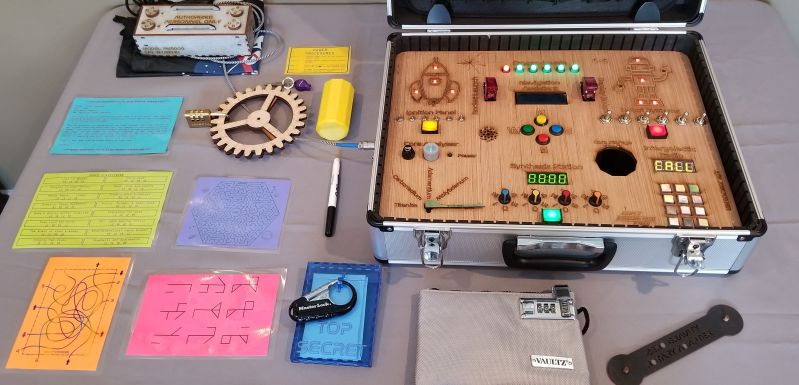
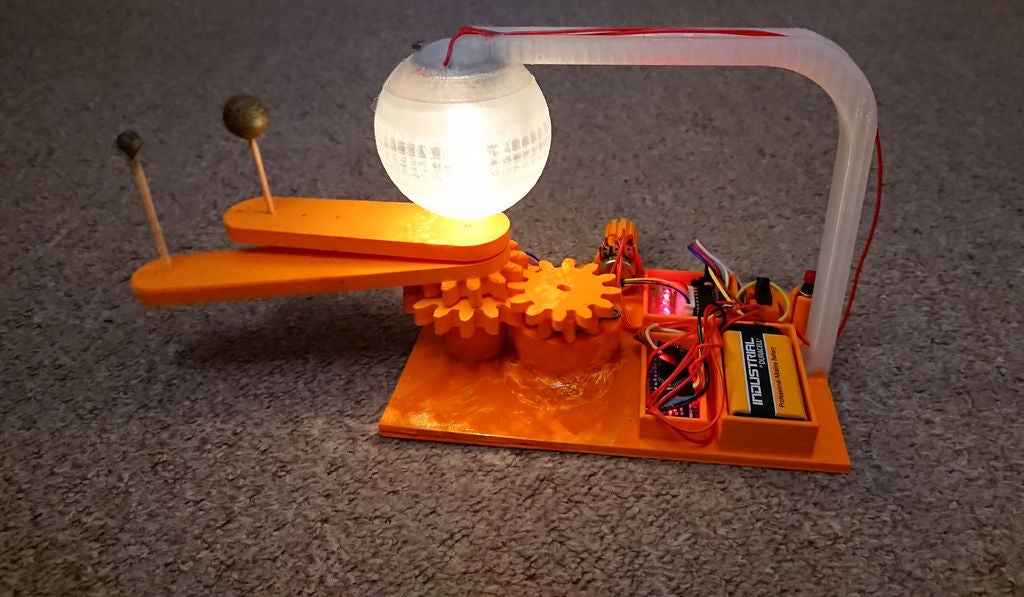
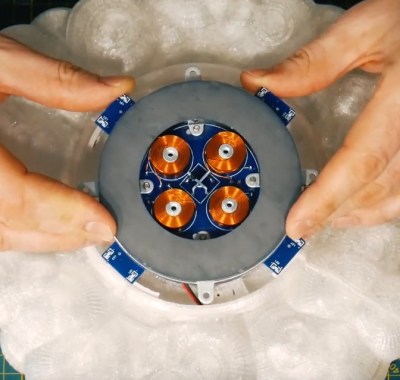
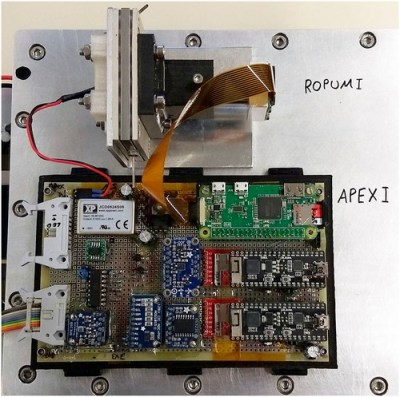
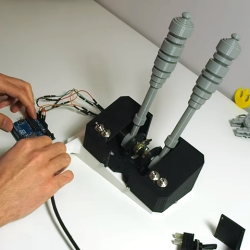

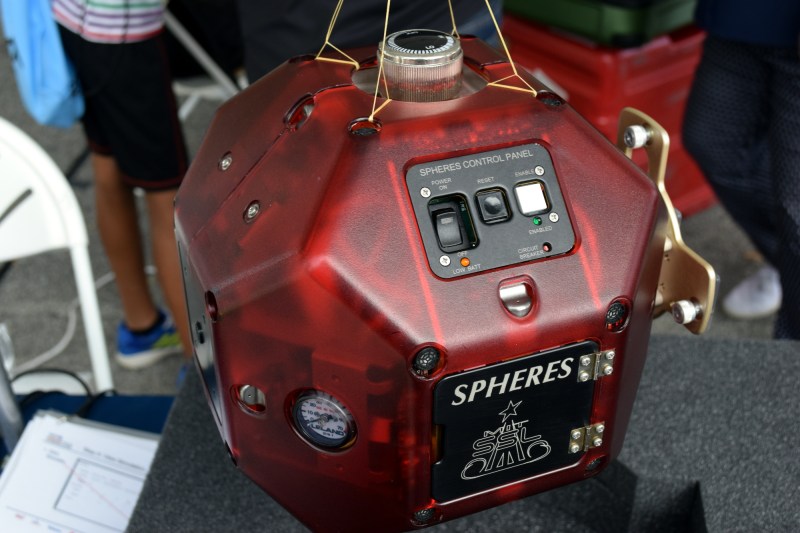
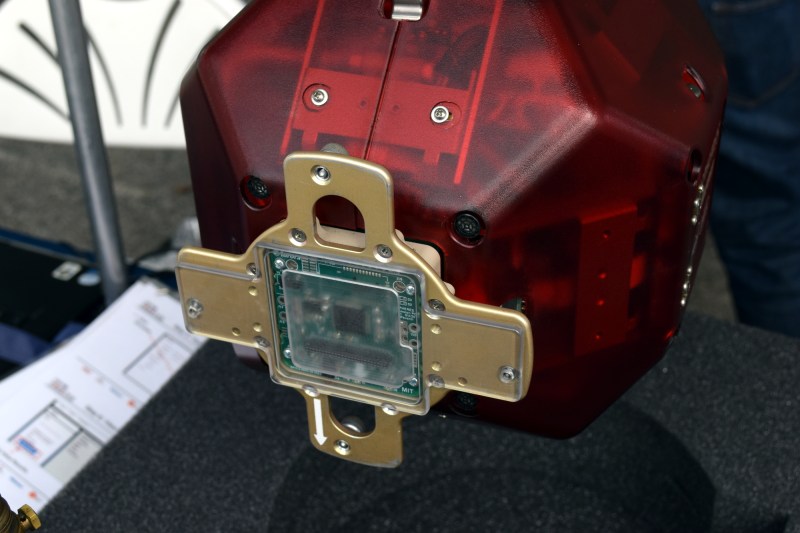



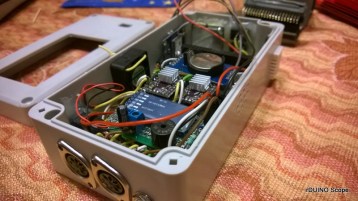 and such systems have been available for decades. They are unfortunately quite expensive. So [Dessislav Gouzgounov] took matters into his own hands and developed the
and such systems have been available for decades. They are unfortunately quite expensive. So [Dessislav Gouzgounov] took matters into his own hands and developed the 
